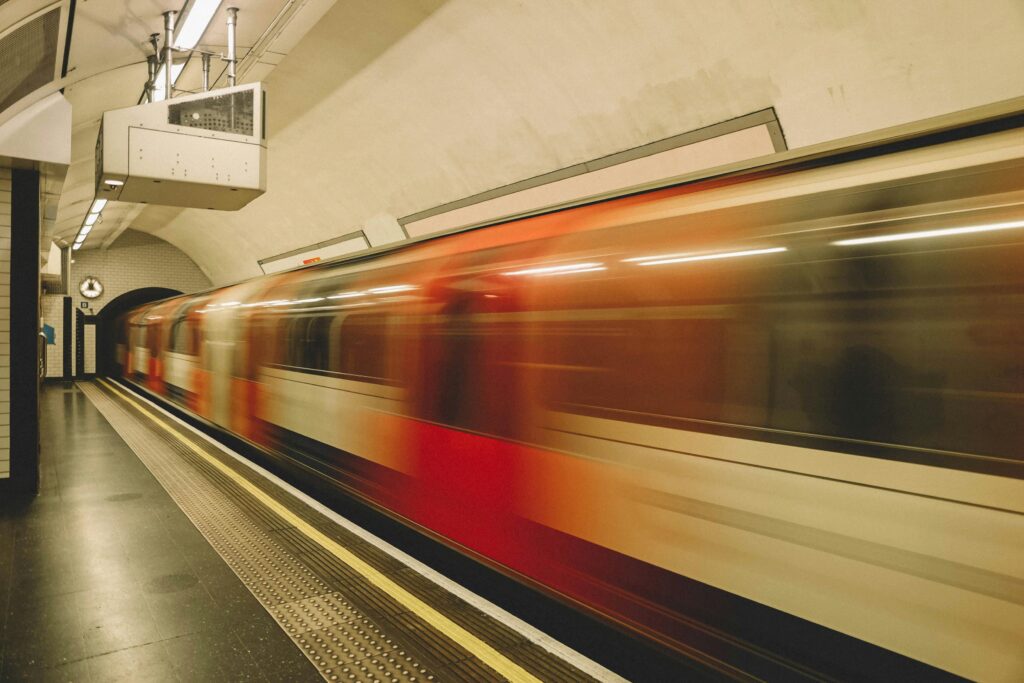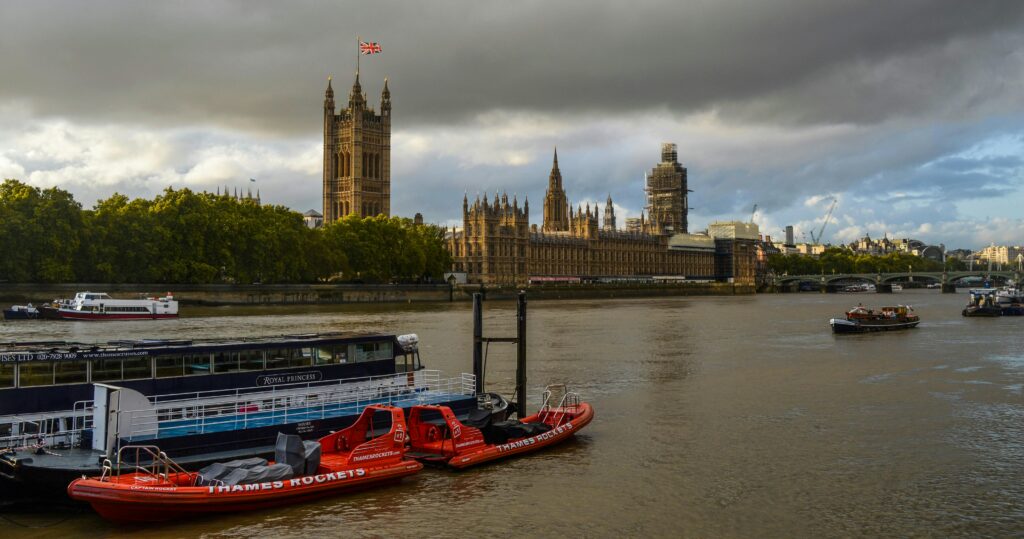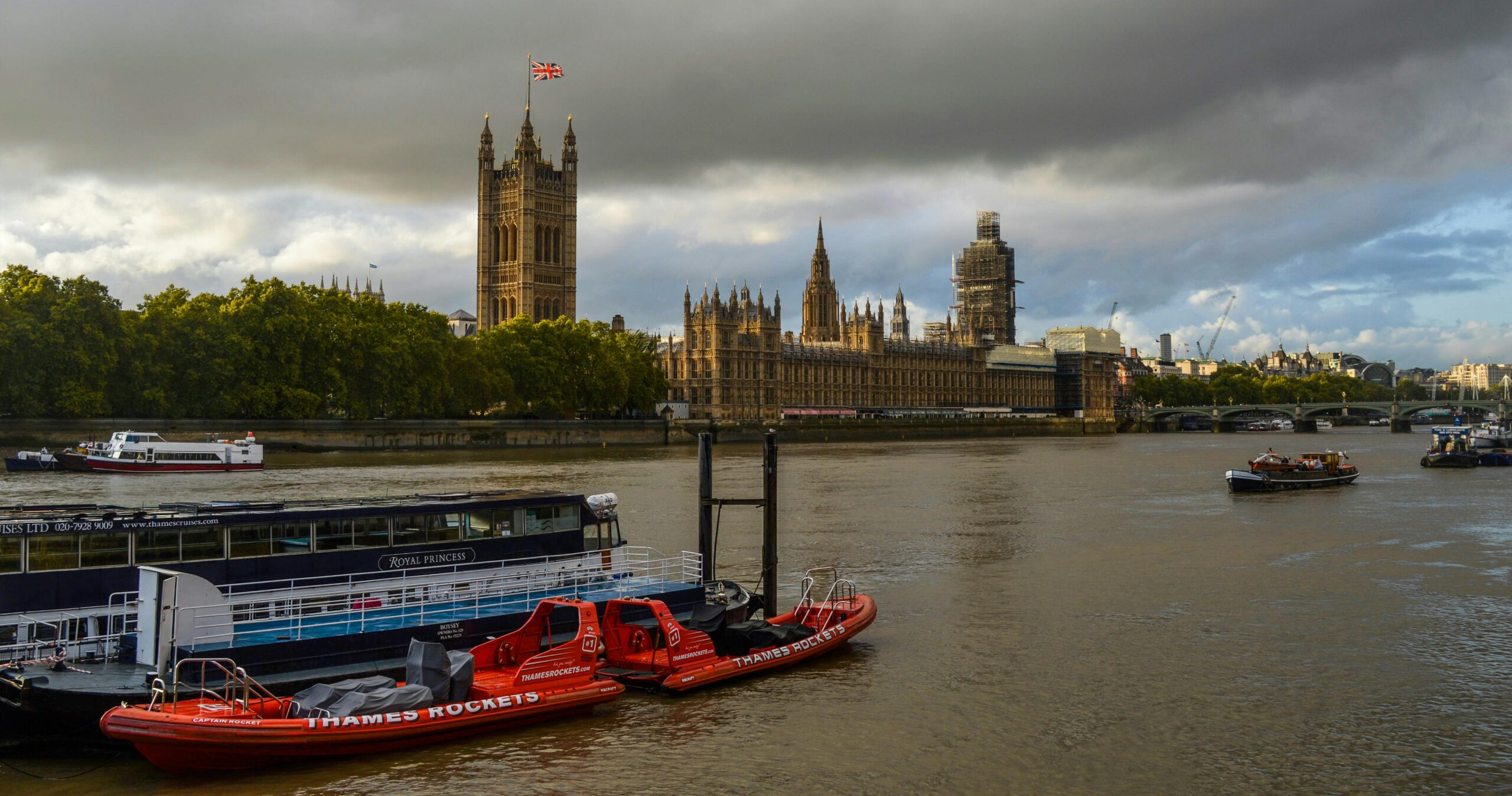Introduction:
As one of the world’s most iconic cities, London is a bustling metropolis teeming with life, culture, and history. At the heart of its vibrant energy lies a complex transportation network that keeps the city moving around the clock.

From iconic red buses and historic black cabs to the famed London Underground, this article offers an in-depth exploration of London’s diverse transportation system, providing insights into its history, evolution, and the myriad options available to both residents and visitors.
The London Underground: A Marvel of Engineering:
- Known colloquially as the Tube, the London Underground is the oldest underground railway system in the world, dating back to 1863. With 11 lines serving 270 stations, the Tube is the backbone of London’s transportation network, providing fast and efficient connections across the city.
- Explore the history of the Underground, from its humble beginnings to its expansion and modernization efforts over the years.
- Delve into the iconic design of the Tube, including its distinctive roundel logo, tiled station walls, and iconic map created by Harry Beck in 1931.
- Highlight the key features of the Underground, including its deep-level tunnels, escalators, and driverless trains on the Docklands Light Railway (DLR).
London Buses: The Red Lifelines of the City:
- London’s iconic red buses are a ubiquitous sight on the city’s streets, offering a comprehensive network of routes that crisscross every corner of the capital.
- Trace the history of London’s bus network, from horse-drawn omnibuses in the 19th century to the modern fleet of double-decker buses that ply the city’s streets today.
- Explore the various types of buses operating in London, including the iconic Routemaster buses, modern hybrid vehicles, and electric buses aimed at reducing emissions and improving air quality.
- Highlight the convenience of London’s bus network, with services running 24 hours a day and providing vital connections to areas not served by the Underground.
London Taxis: The Iconic Black Cabs:
- London’s black cabs are synonymous with the city’s transportation heritage, offering a reliable and distinctive mode of travel for both locals and visitors alike.
- Dive into the history of London’s taxi trade, from the horse-drawn hackney carriages of the 17th century to the modern fleet of purpose-built black cabs.
- Explore the rigorous training and licensing process that London taxi drivers must undergo, including memorizing thousands of streets and landmarks to pass the infamous Knowledge test.
- Discuss the recent innovations in London’s taxi industry, including the introduction of electric black cabs and the rise of ride-hailing apps such as Uber.
Cycling in London: Embracing Sustainable Transport:
- In recent years, cycling has become an increasingly popular mode of transportation in London, with dedicated bike lanes and cycle superhighways making it easier and safer for cyclists to navigate the city.
- Examine the evolution of cycling infrastructure in London, from the introduction of the Barclays Cycle Hire scheme (popularly known as Boris Bikes) to the creation of cycle-friendly streets and junctions.
- Highlight the health and environmental benefits of cycling, including reduced congestion, improved air quality, and increased physical activity.
- Provide tips and resources for cyclists in London, including information on bike rental schemes, cycle routes, and safety precautions.
River Transport: Cruising Along the Thames:
- The River Thames has long been a vital artery of transportation in London, with river buses and tourist cruises offering a scenic and leisurely way to explore the city.
- Explore the history of river transport in London, from the days of Thames watermen and rowing boats to the modern Thames Clippers and sightseeing cruises.
- Highlight the key destinations and attractions accessible by river transport, including the Tower of London, the London Eye, and Greenwich.
- Discuss the role of river transport in alleviating congestion on London’s roads and providing alternative travel options for commuters and tourists alike.
Conclusion:

London’s transportation network is a testament to the city’s ingenuity, resilience, and diversity. From the historic Underground to the iconic black cabs and modern cycling infrastructure, the options for getting around London are as varied as the city itself. Whether you’re zipping through the streets on a red bus, cruising along the Thames, or navigating the Tube’s labyrinthine tunnels, transportation in London is an integral part of the urban experience. So next time you find yourself in the UK’s capital, take a moment to appreciate the marvels of London’s transportation system and embark on a journey through the heart of this vibrant city.




